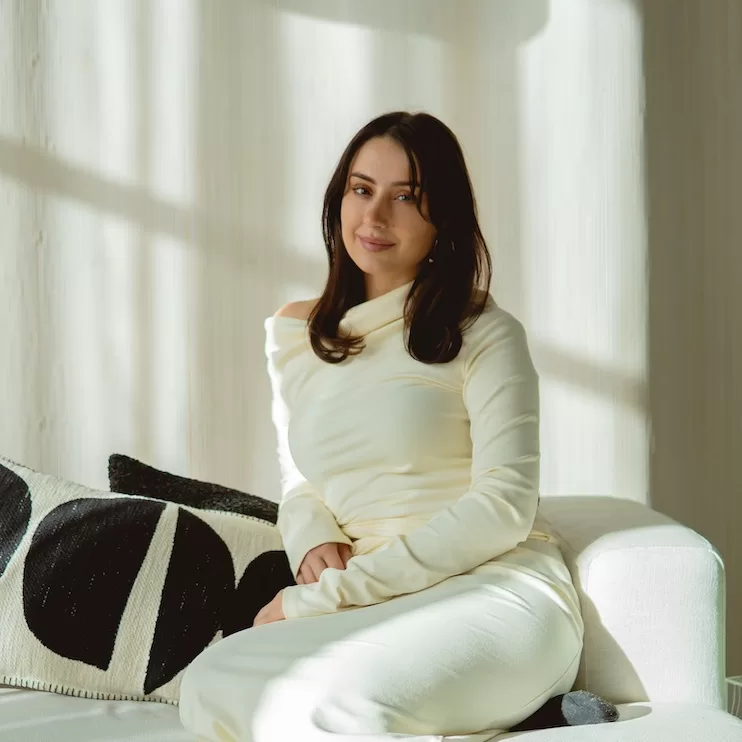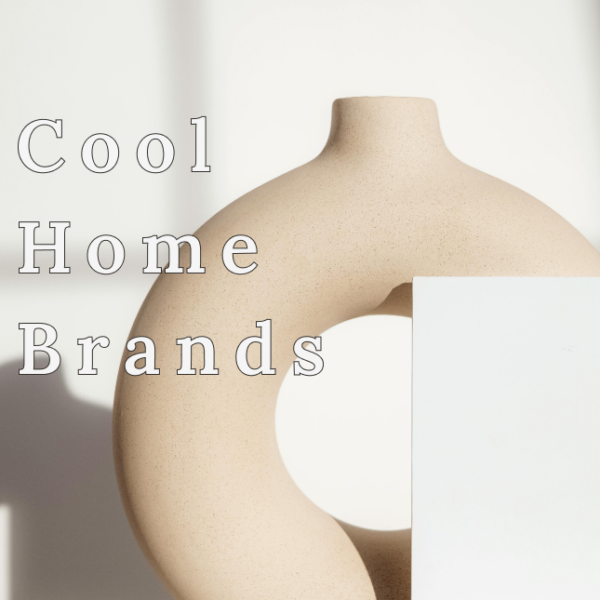Looking for some design tips? Look no further, read on.
Interior design plays a pivotal role in transforming a house into a home and creating spaces that are not only aesthetically pleasing but also functional and comfortable. Understanding and implementing the best interior design practices is crucial for success.
Plenty of my clients have praised me for teaching them a thing or two about interior design. By the end of the project, my clients often feel more confident in their own choices, as they have begun to understand what considerations need to be taken into account for good design. It’s pretty satisfying to hear from my clients “You’ve taught me so much!”. So, I thought I would put together some interior design tips and considerations.
Plan and visualize: get in touch with your design style
Before embarking on any interior design project, it’s essential to plan and visualize the desired outcome. Consider the purpose of the space and the style you want to achieve. Your goal should be to dress your interior with a style that is true and unique to you. Don’t know what your home decor style is? Read What Is My Home Decor Style.
Once you have determine what the style of the space will be, create mood boards to help conceptualize your ideas and ensure all elements work cohesively together.
Establish a focal point
Creating a focal point in a room draws attention and adds visual interest. The focal point can be a striking piece of artwork, a statement furniture piece, or a unique architectural feature. Focal points in interior design are very intentional, when you strategically place and highlighting a feature, you guide the eye and set the tone for the entire space.
Take a look at this space I designed. What would you say is the focal point here? I’d say it’s the art-piece above the sofa. It really draws you in, it’s the first thing you see and focus on. The wallpaper backdrop further draws your eye to that piece.
Some designers don’t utilize focal points. I tend to add focal points in all my interiors as I love to highlight special items. To each their own. Every designer is different and in fact might offer different design tips.
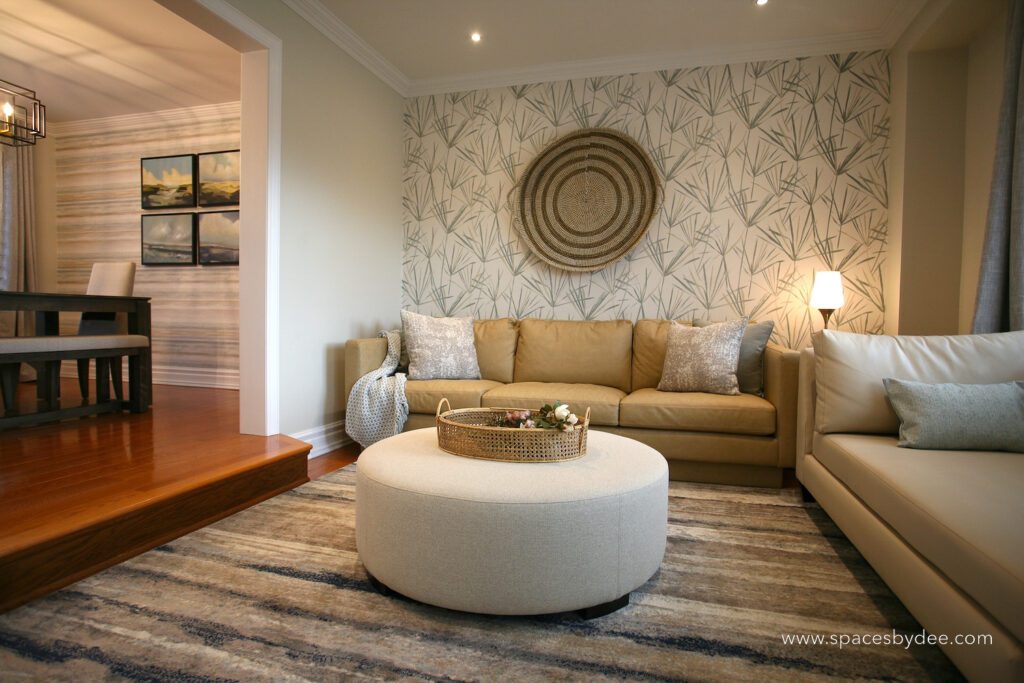
Be intentional with light fixtures
Lighting is a crucial aspect of interior design. It can drastically impact the mood and ambiance of a room. I mean think about it. The different between a romantic and moody interior and a bright and airy interior comes down to mostly lighting. It’s really that simple but also really complex at the same time!
In every space, aim for a combination of natural and artificial lighting sources to provide both functionality and atmosphere. Incorporate task lighting for specific activities, ambient lighting for general illumination, and accent lighting to highlight architectural features or decorative elements.
You can have some fun with light fixtures. Like, incorporate something funky that casts cool shadows at night. I am IN LOVE with Moroccan pendant light fixtures…I mean look at how dreamy they are. These types of light fixtures can certainly create a magical vibe.
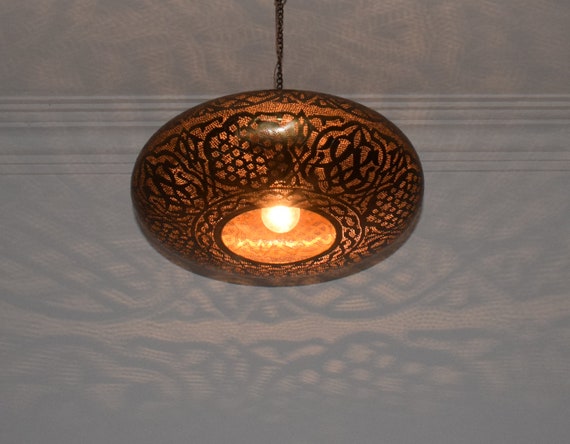
Don’t be scared…add colour
Don’t. Be. Afraid. Of. Colour.
You know whats scary?
Cancer.
You know whats not scary?
Colour.
Adding colour WON’T make your space feel “too loud” or “childish”.
This is possibly my most repetitive design tip out of all the design tips I give out.
Colours have such an impact on the overall feel of a room. Understand the psychology behind different colours and use them to evoke desired emotions. Colours add depth and visual interest. Incorporate a balanced mix of colours ensuring they complement each other and the overall style of the space.
Don’t over decorate
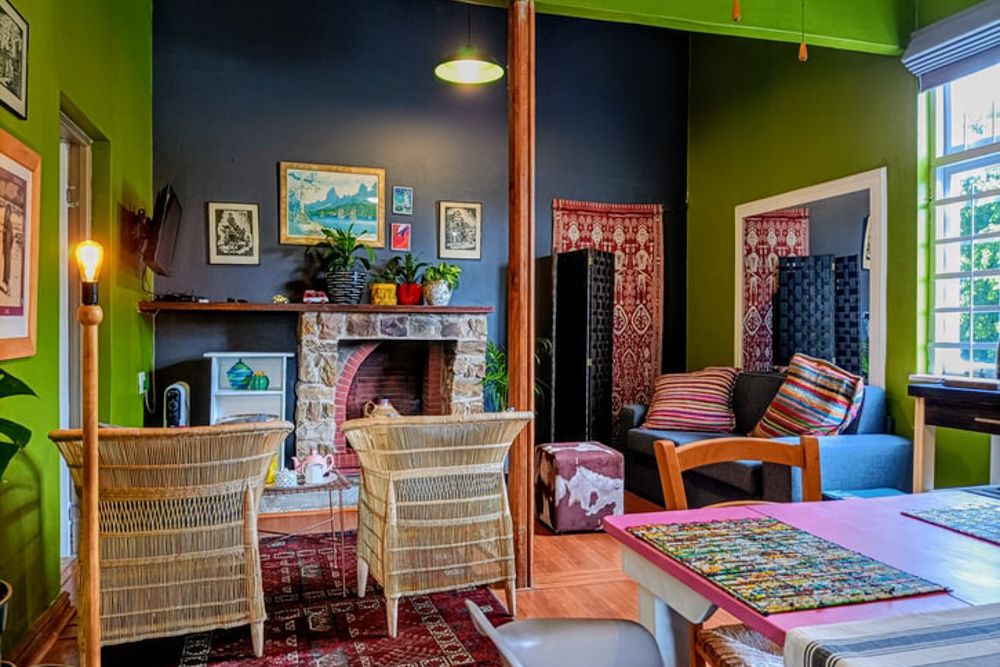
Over decorating is simply another term for cluttered. When you over decorate your space your eye does not know where to look. Cluttered spaces feel congested, disorganized and messy. You cannot appreciate anything in the space when there is simply too much going on. Sometimes, less is more. In the case of interior design, that statement is true in many cases. If you like the maximalist decor look, thats awesome. There is a way to decorate maximalist without creating a hot mess. I have a simple design tip when it comes to accessorizing; if the item is smaller than a fist – don’t accessorize with it. Tiny little chachkas everywhere create visual clutter.
Consider functionality and not just aesthetics
Functionality in interior design is just as important as aesthetics. Consider your practical needs and design your spaces to cater to your activities. Optimize storage solutions, create a functional layout and ensure easy accessibility. A well-designed space seamlessly combines beauty and practicality.
Consider sustainable design
Nowadays, furniture vendors pump out new and cheap furniture every month. We have entered the fast-furniture era. And just like fashion-fashion, its damaging our planet.
I really encourage people to shop second-hand for furniture and be very intentional with their home purchases. Read How To Furnish Using Vintage Furniture.
Select eco-friendly materials, choose energy-efficient appliances, and consider the lifecycle of products. Integrating sustainable elements in interior design not only reduces the environmental impact but also promotes a healthier and more a conscious lifestyle. Incorporating sustainable design practices is easy and environmentally responsible.
As a designer, the environmental impact the industry causes is something I am becoming more and more conscious of. It’s important for me to align with vendors and clients who want to be thoughtful of their impact and are open to eco-friendly options. This is more than a design tip, it’s a way of life.
Consult with a interior design professional
If theres something I’ve learned in this life, it’s that the right professionals make all the difference. Having a good hair stylist, accountant, therapist and interior designer produce the right kind of results in all areas of life. I tried to do it all myself once. One time I dyed my own hair and ended up with orange hair (I was going for red). I filed my own taxes once and the CRA had plenty of questions.
The point is, sometimes you need the support of a professional to ensure the right steps are being taken and you get the results you want. You can read all the interior design tips articles on the internet but it doesn’t make you a designer (sorry to break it to you). Hiring an interior designer can certainly help you achieve the desired outcome of your space with more ease and fun! And, the good thing is is that hiring a design professional is more accessible than you think. With design services like eDesign and design consultations, you can receive service from a designer easily and affordably.
And that wraps up my design tips…
What to learn more and connect with me one-on-one? Book one of my eDesign Services.
